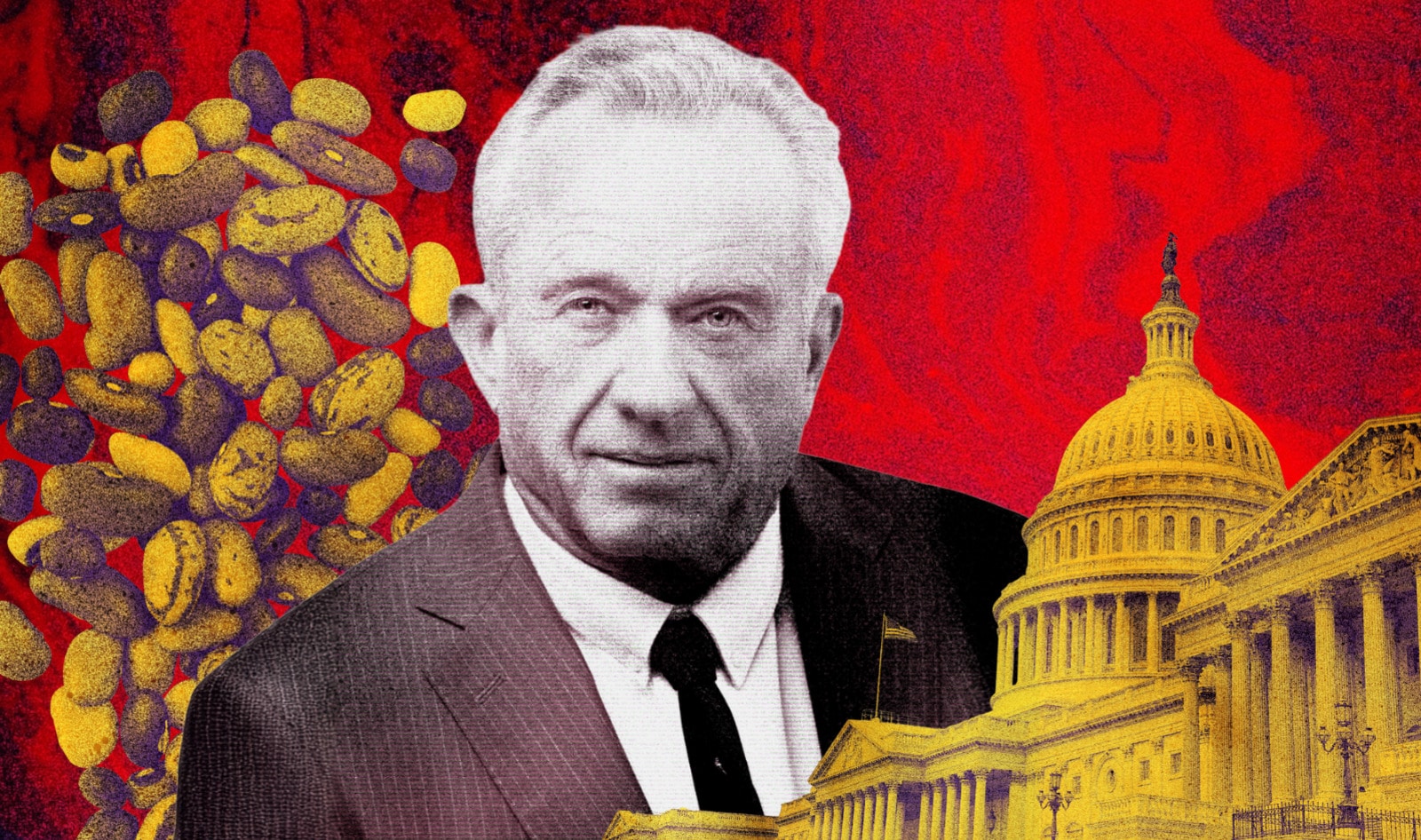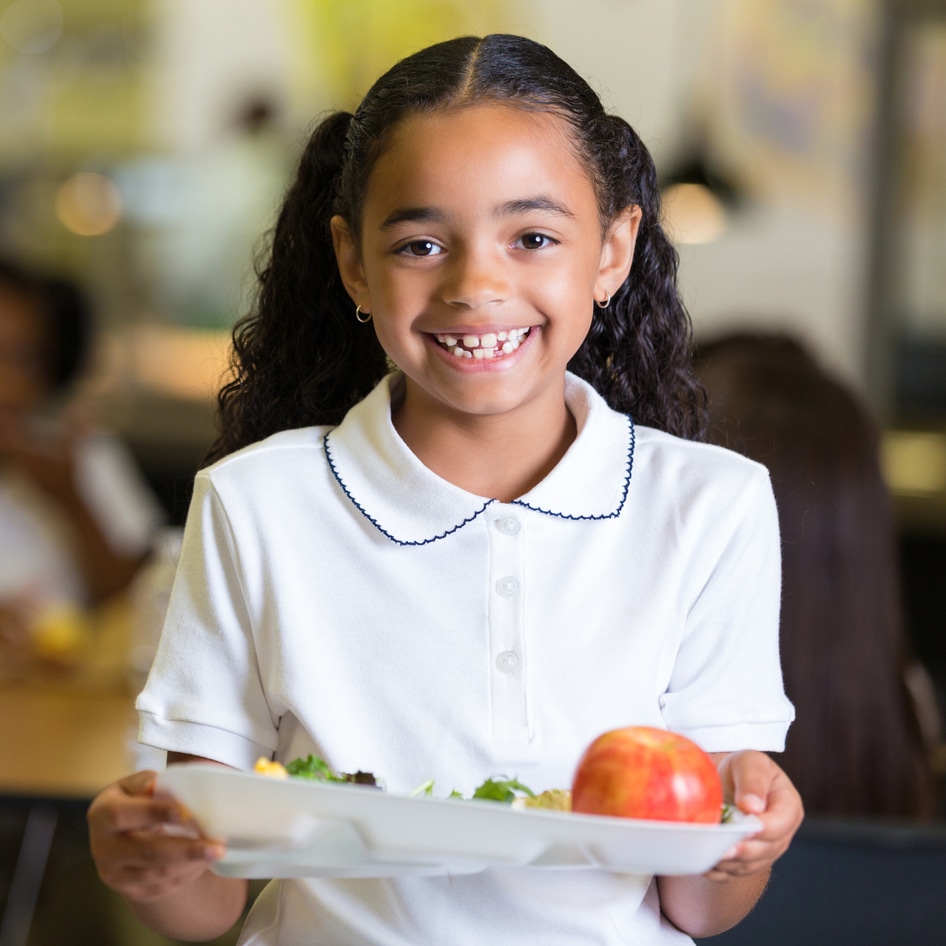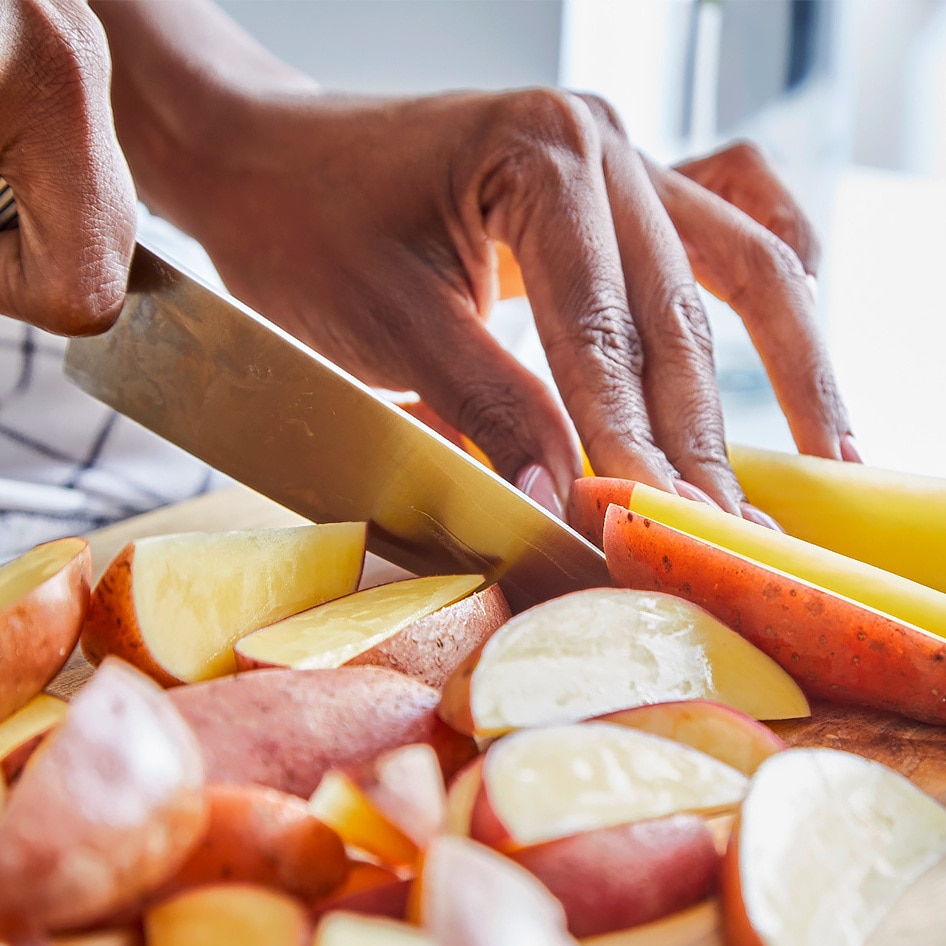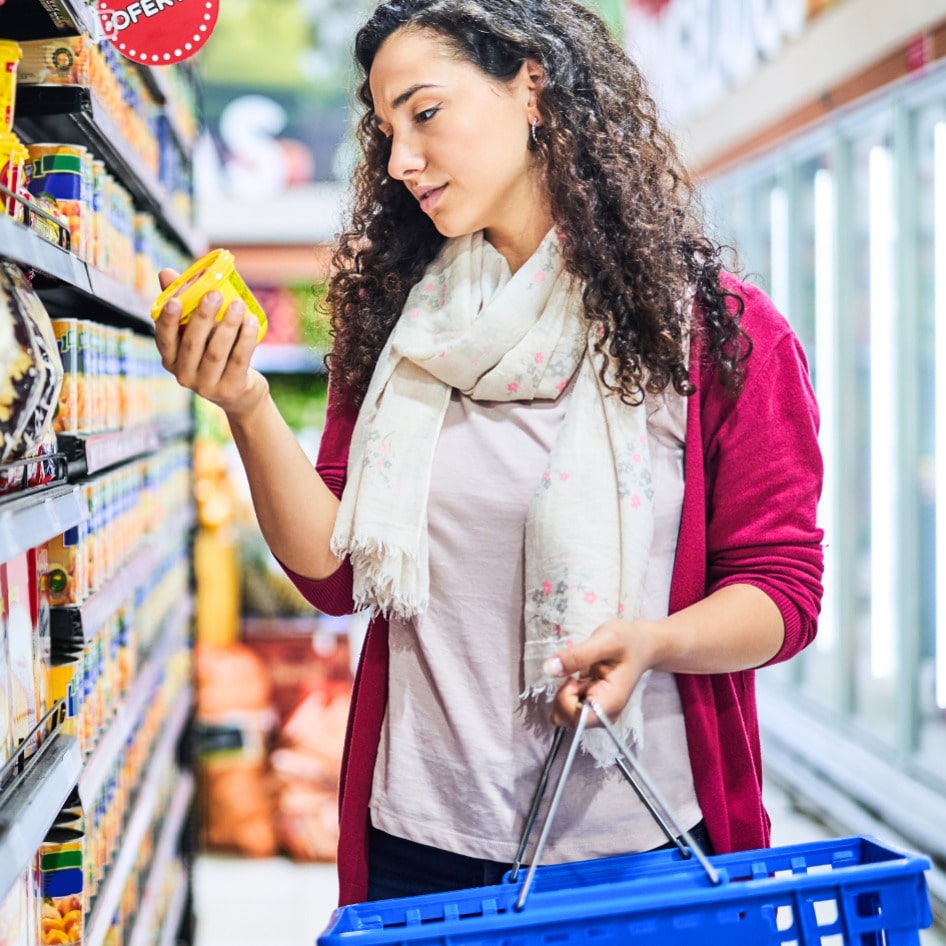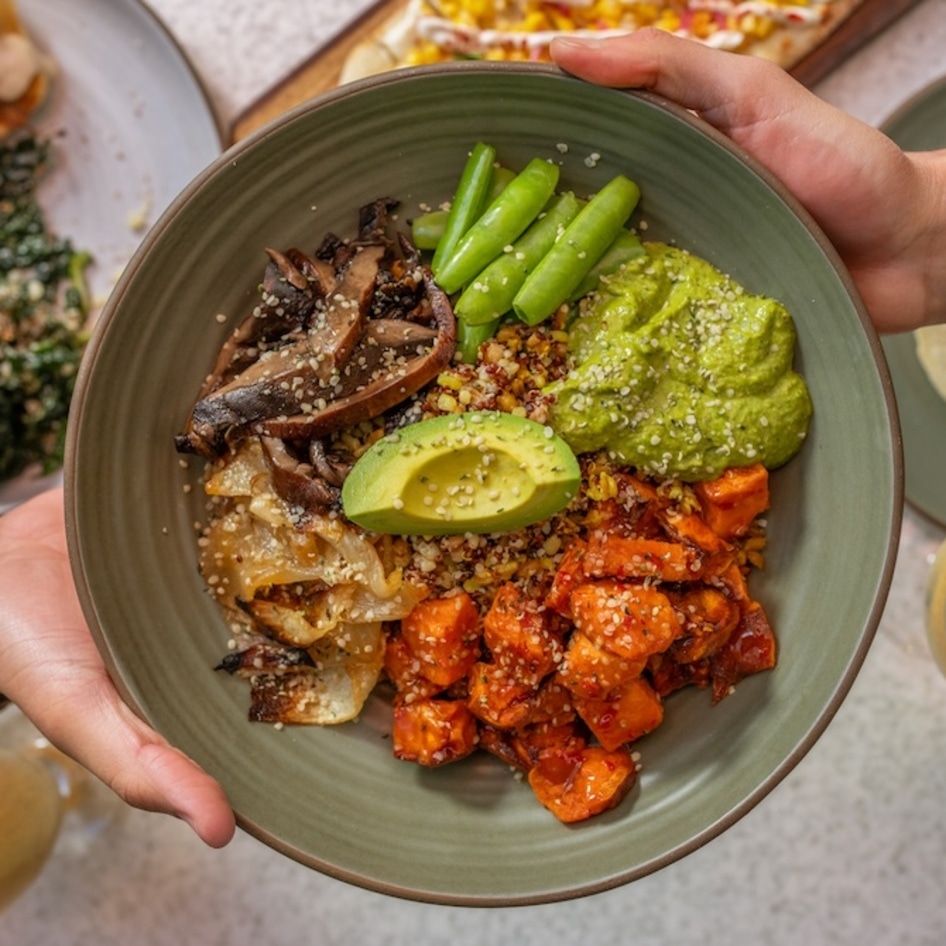Department of Health and Human Services Secretary Robert F. Kennedy Jr. is throwing out the rulebook on America’s official nutrition playbook. Instead of adopting recommendations that would spotlight beans and other plant proteins, Kennedy is pushing to scrap them—leaving scientists and public health experts worried about what that means for everyday diets, school lunches, and the $2 billion bean industry.
According to Sentient Media, Kennedy “wants to ditch recommendations that would encourage Americans to eat more beans and other plant proteins.” That’s a sharp departure from what the Dietary Guidelines Advisory Committee proposed last year. After reviewing the latest nutrition science, the panel called for beans, peas, and lentils to be elevated out of the vegetable category and recognized instead as protein sources (despite their high fiber content).
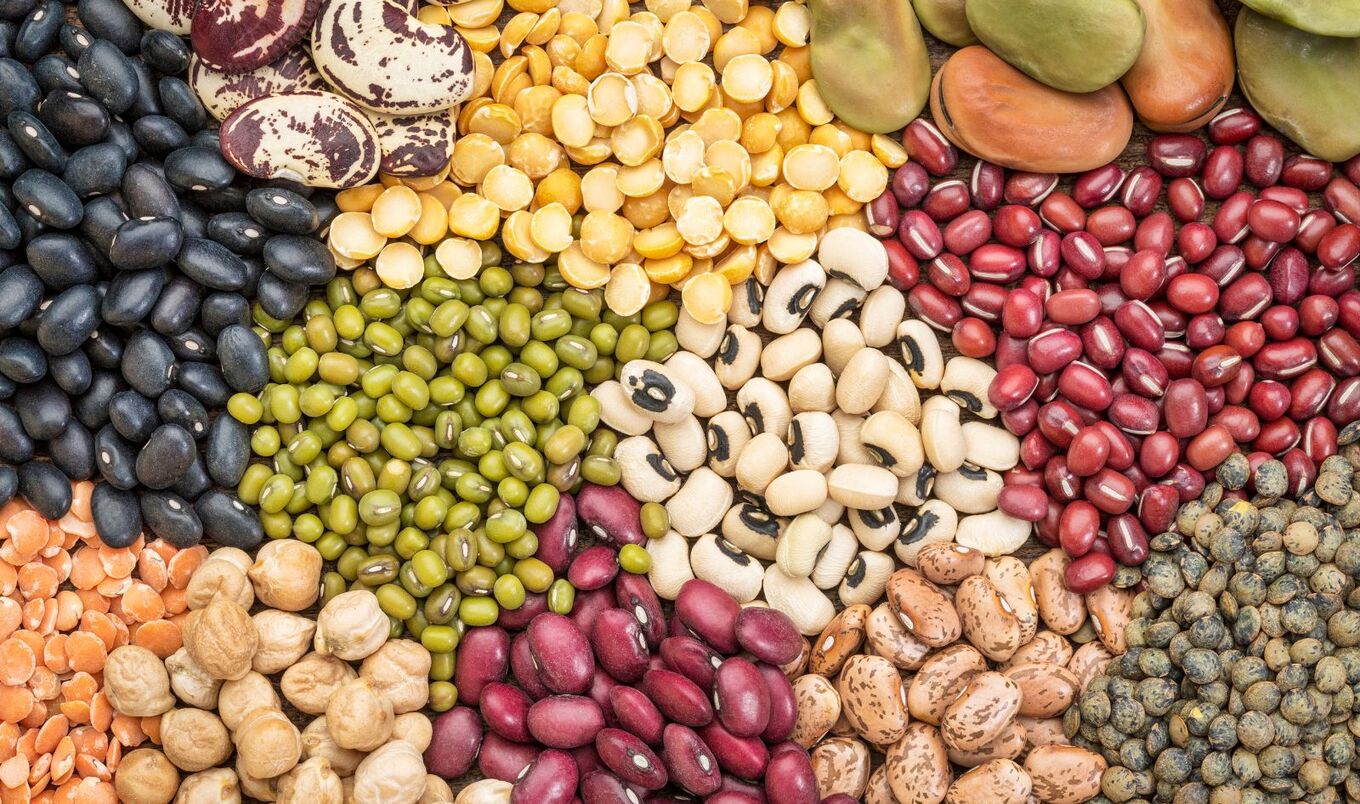 Pexels
Pexels
Christopher Gardner, a committee member and professor of medicine at Stanford, told Sentient Media that after submitting the report, he and his colleagues were “completely ghosted” by the Department of Health and Human Services. “No one will tell us the name of a person who’s working on it,” he said. “It’s a black box. We have no idea.”
Why beans were poised for a promotion
Beans aren’t just a side dish—they’re nutrient workhorses. The committee’s 2024 report explained that Americans fall short on fiber far more than protein. Nearly three-quarters of the population doesn’t get enough fiber, but only a small percentage lacks protein. That’s why the panel wanted legumes—beans, peas, and lentils—to have a bigger role in official recommendations.
“When they go for the meat, they’re getting no fiber,” Gardner explained to Sentient Media.
By contrast, beans deliver both protein and fiber, along with iron, folate, and a host of micronutrients. The health science is clear: swapping red or processed meats for legumes is linked to lower risk of cardiovascular disease, type 2 diabetes, and even early death.
The committee’s suggestion also aligned with climate goals. Our World in Data shows beef generates more than six times the greenhouse gas emissions of beans on a per-gram-protein basis. Legumes also use far less land and water, making them one of the most sustainable proteins on the planet.
Kennedy’s rejection
Instead of leaning on that science, Kennedy has said he will start from scratch. He described the committee’s document as “unreadable” and “a political document.” According to Food Fix, one of his advisers even called it “a 453-page document that looks like it was written by the food processing industry.”
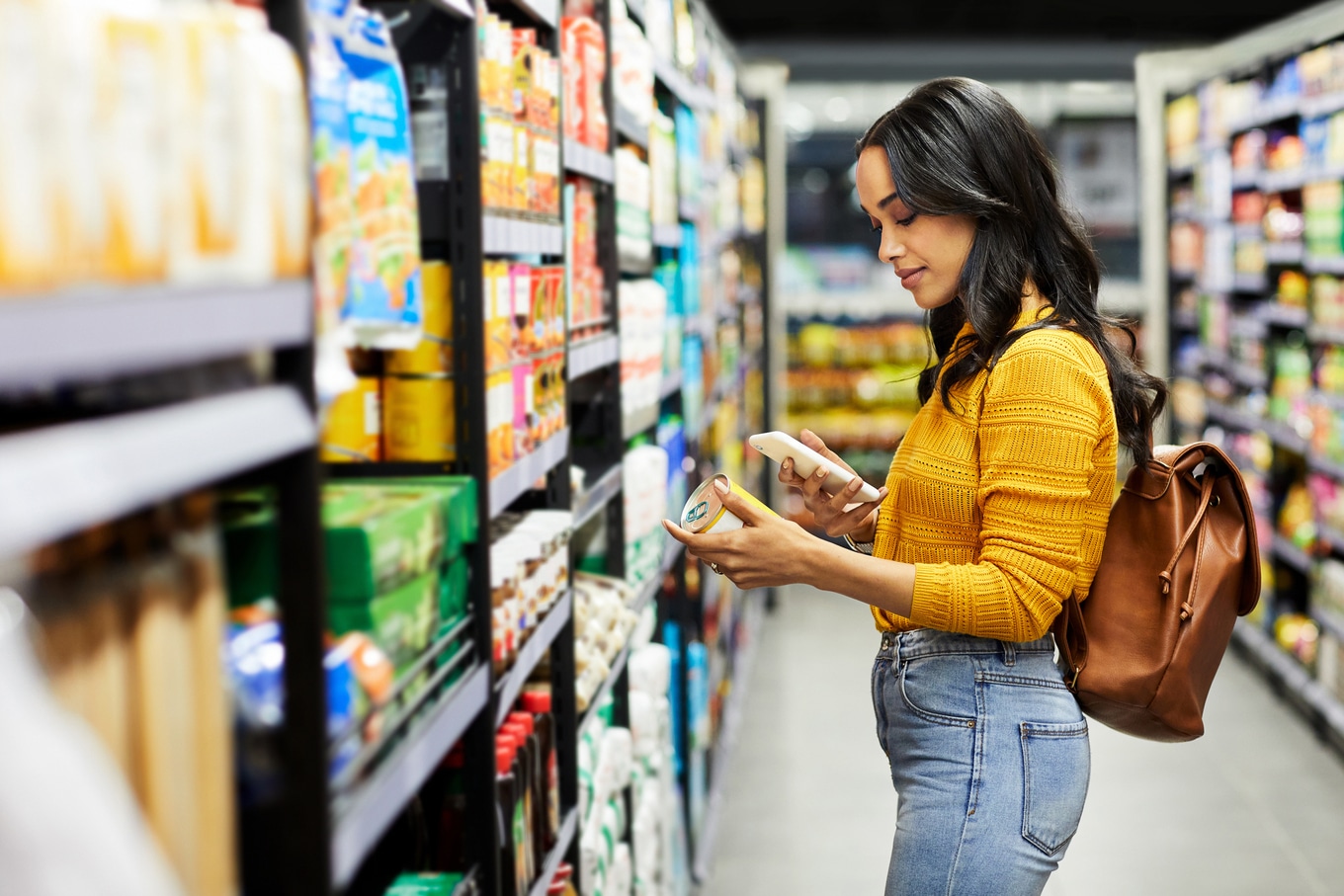
Why the pushback? Gardner suspects it’s because the panel didn’t explicitly tell Americans to stop eating ultra-processed foods (UPFs). Kennedy has made attacking UPFs—from seed oils to tomato sauces with added sugar—a personal crusade. But Gardner told Sentient Media that operationalizing a ban on UPFs is harder than it sounds, especially in schools. “You could take the high fructose corn syrup out [of tomato sauce], and there are tomato sauces without that. But they cost twice as much, and the schools wouldn’t be able to afford them,” he explained.
What’s at stake for school lunch and SNAP
The Dietary Guidelines for Americans dictate more than $40 billion in federal spending every year. That includes school meals and SNAP (food stamps). When beans are highlighted as protein sources, they get baked into lesson plans, cafeteria menus, and even grocery store SNAP nudges for low-income families.
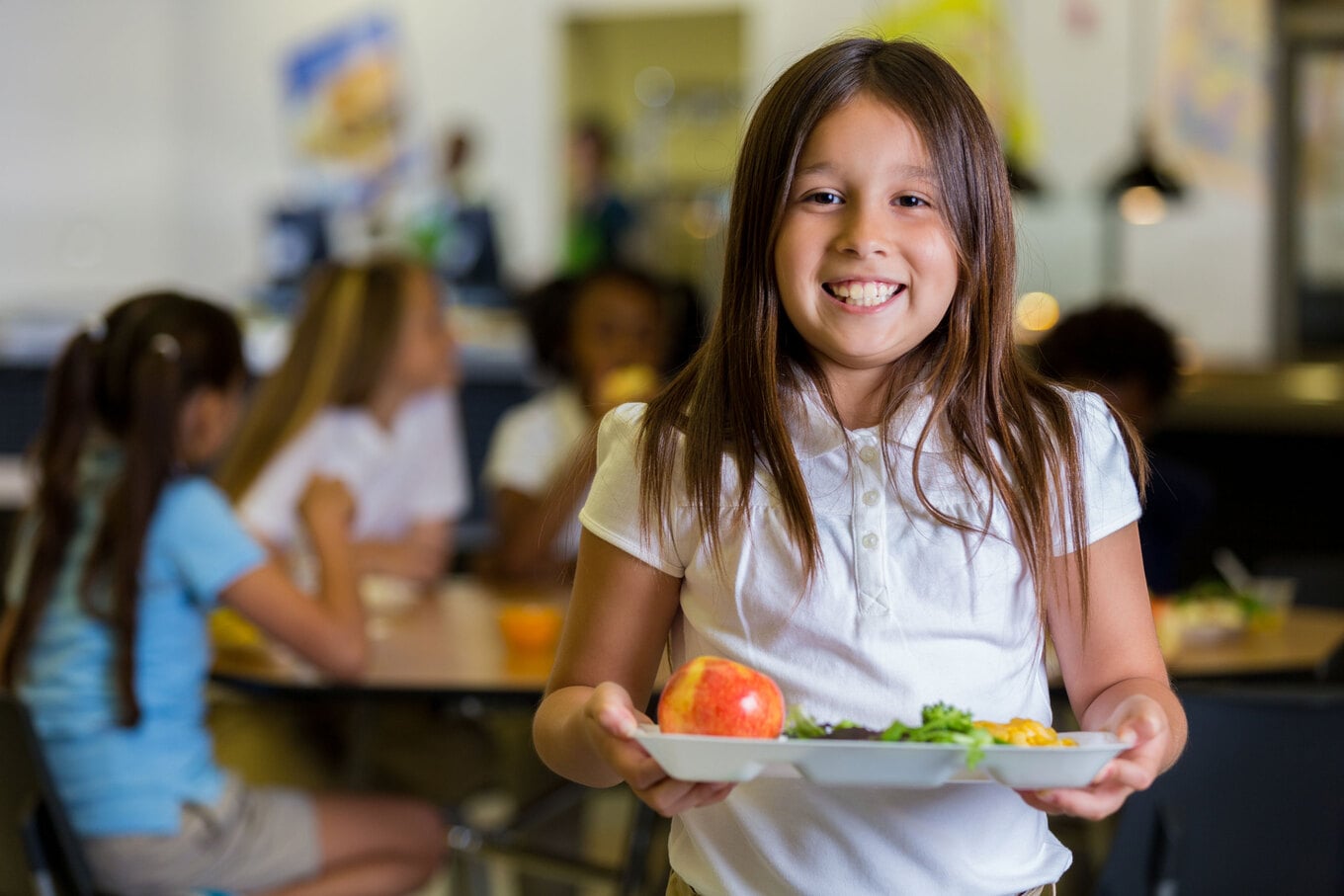 Getty
Getty
A stronger bean message would have helped schools serve more black bean burritos or lentil chili while still meeting USDA protein targets. It would also have given SNAP-Ed programs more support to promote beans as an affordable, fiber-rich choice. If that message disappears from the final guidelines, it will be harder for agencies and retailers to justify those pushes.
The bean market is growing anyway
Even without policy support, beans are having a moment. USDA data shows per-capita dry bean availability rose 30 percent in 2024, climbing to 6.8 pounds per person as supplies of black, pinto, and kidney beans surged. Chickpea imports have also rebounded, fueling hummus and snack production.
 Getty
Getty
BECOME A VEGNEWS VIP: Get exclusive product deals, freebies, and perks galore!
Globally, pulses now top 100 million metric tons in consumption annually, according to the Organisation for Economic Co-operation and Development and the United Nations’ Food and Agriculture Organization. That growth underscores consumer appetite for affordable, protein-rich, plant-based foods. Still, US policy signals matter: less promotion could mean less investment in bean-based innovation at home.
Meanwhile, Kennedy is waging war on food dyes
While beans lose traction in Washington, DC, Kennedy’s other food fight—against artificial dyes—is gaining traction. In April, the Department of Health and Human Services and the US Department of Agriculture praised the International Dairy Foods Association for pledging to eliminate synthetic dyes like Red 40 and Yellow 5 across most US ice cream brands by 2028. Days later, Kraft Heinz said it would strip dyes from Kool-Aid, Jell-O, and Crystal Light by 2027. General Mills and Nestlé have announced similar timelines.
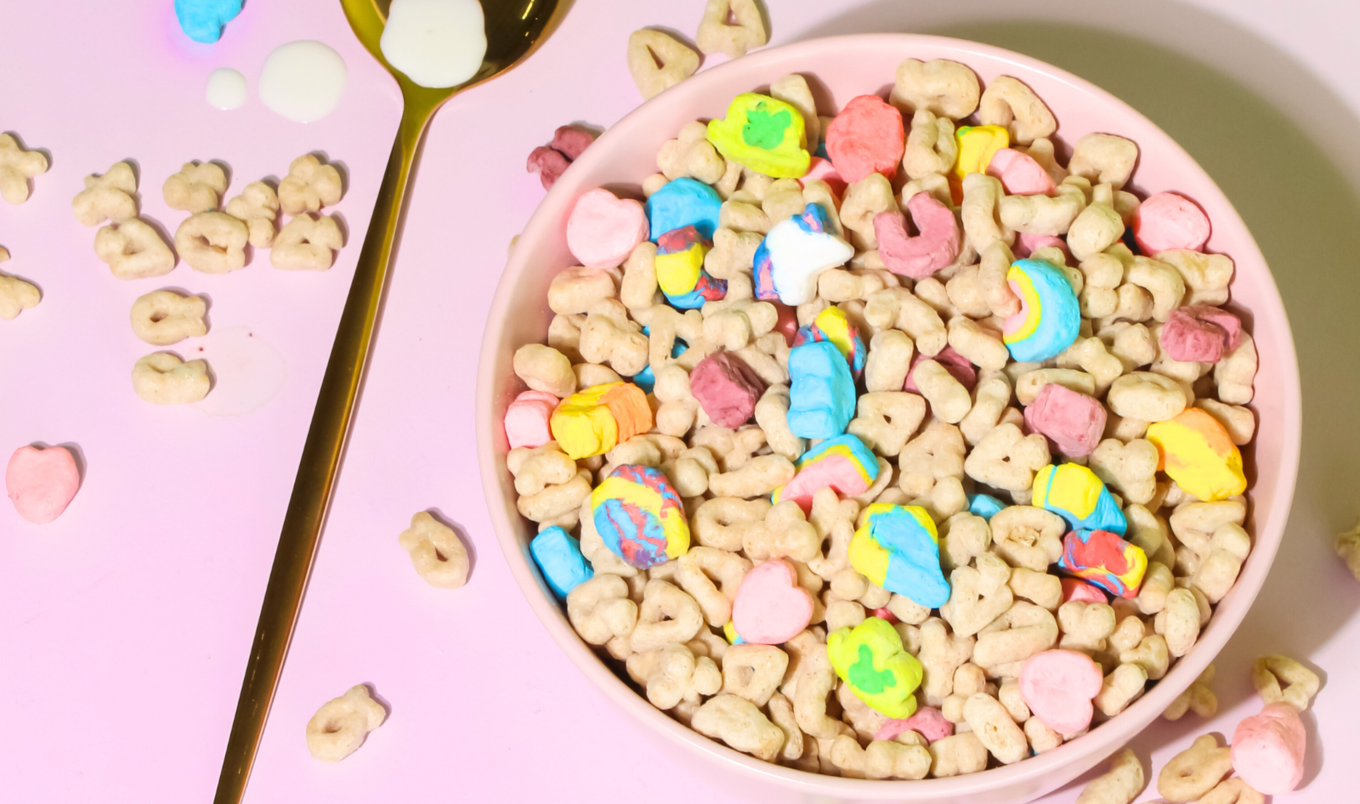 Carlie Wright | Pexels
Carlie Wright | Pexels
Kennedy argues these dyes are unsafe, pointing to research linking them to hyperactivity in children and, in the case of Red 3, to cancer in lab animals. The Food and Drug Administration banned Red 3 earlier this year, but the rest remain legal. Brands admit natural dyes are costlier and less stable, but public demand is forcing the transition.
The shorter guideline debate
Kennedy has also said the new guidelines will be only four pages long, compared to the 164-page 2020 edition. Gardner says brevity was never the issue. “There was plenty of material that was simple,” he told Sentient Media, pointing to existing consumer summaries. What matters now, though, is whether those four pages will include—or exclude—the clear, science-based recommendation to eat more beans.
For more plant-based stories like this, read:
JUMP TO ... Latest News | Recipes | Guides | Health | Subscribe

